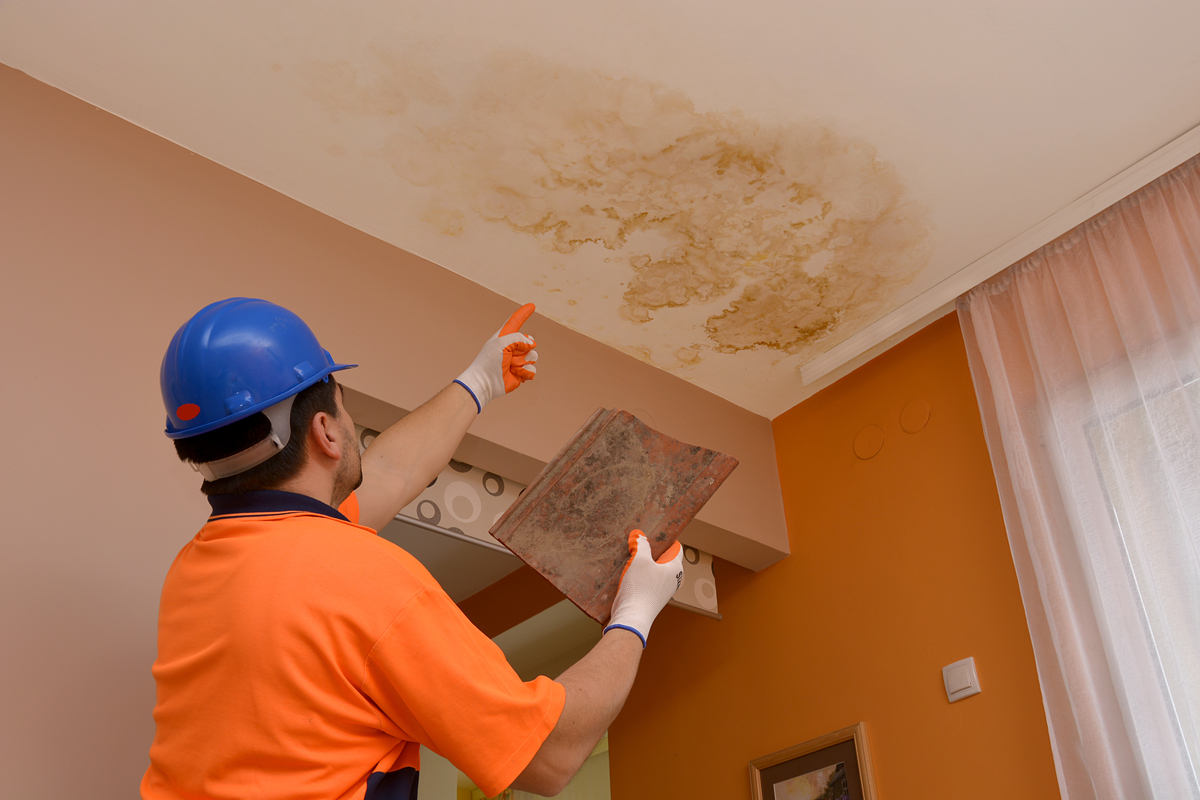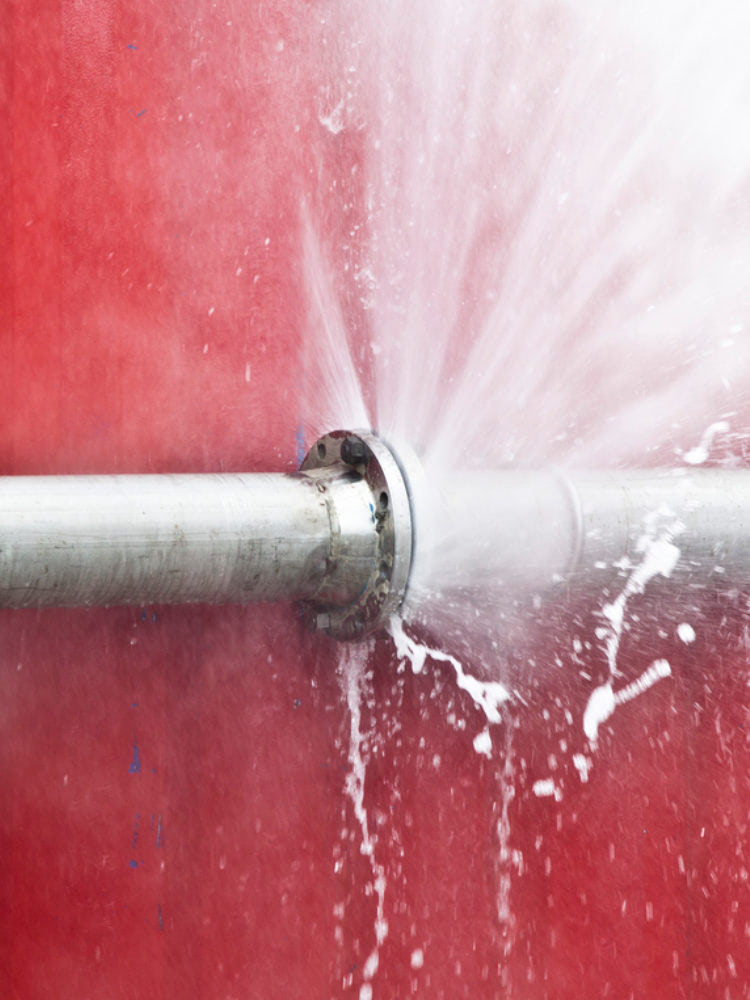Discover the Key Factors Contributing To Water Leakage in Your Home
Discover the Key Factors Contributing To Water Leakage in Your Home
Blog Article
Every person has got their unique rationale in relation to Most Common Causes of Leaky Pipes.

Leakages not only cause waste of water but can likewise cause unnecessary damage to your house as well as advertise unwanted organic growth. Sadly, water leakages may go unnoticed since the majority of the pipework in our house is concealed. By recognizing and looking for everyday scenarios that trigger leakages, you can protect your house from future leaks and also unnecessary damage. Today, we will look at six leakage triggers that might be causing your pipelines to drip.
Instantaneous temperature level adjustments.
Extreme temperature level adjustments in our pipes can trigger them to expand as well as acquire unexpectedly. This growth as well as tightening might create cracks in the pipelines, specifically if the temperature are below freezing. It would certainly be best if you watched on exactly how your plumbing works. The existence of the formerly mentioned circumstances frequently shows a high threat.
Corroded water systems
This could be the cause of staining or warping on your water pipes. If our plumbing system is old, take into consideration changing the pipelines considering that they are at a greater risk of rust than the newer versions.
Defective Pipeline Joints
The point at which your pipes connect is frequently the weakest web link in the waterline. Pipeline joints can wear away over time, resulting in water leaks. Regrettably, most of pipeline joints are not conveniently noticeable. If you have noisy pipelines that make ticking or banging noises, especially when the warm water is switched on, your pipe joints are probably under a lot of pressure. It is advisable to have your plumber check your system yearly.
Encroaching origins
Many water leakages start outside the house rather than inside it. You could notice wet patches or sinkholes in your backyard, as well as that may mean that tree origins are attacking water lines triggering water to permeate out.
Poor Water Connectors
At times, a leakage can be triggered by loose tubes and pipes that supply your devices. Usually, moving is what creates the loosened water Links. You may locate in the case of a washing equipment, a hose pipe may spring a leakage as a result of trembling during the spin cycle. In case of a water links leak, you might notice water running directly from the supply line or puddles around your home appliances.
Obstructed Drains
Clogged drains could be bothersome as well as inconveniencing, but they can in some cases wind up creating an overflow leading to burst pipelines. Maintain removing any kind of materials that might drop your drains that might obstruct them to avoid such inconveniences.
All the above are sources of leakages but not all water leakages arise from plumbing leakages; some leakages could come from roofing system leaks. All leaks ought to be fixed instantly to prevent water damage.
Leaks not just trigger waste of water yet can additionally cause unnecessary damage to your house and advertise undesirable natural development. By looking and understanding for day-to-day situations that cause leakages, you can protect your house from future leaks and unnecessary damage. Today, we will look at 6 leak triggers that might be triggering your pipelines to trickle.
At times, a leakage can be created by loosened hoses as well as pipes that supply your appliances. In case of a water connections leakage, you may observe water running straight from the supply line or pools around your appliances.
How To Check For Water Leak In Your Home
How To Check for Leaks
The average household's leaks can account for nearly 10,000 gallons of water wasted every year and ten percent of homes have leaks that waste 90 gallons or more per day. Common types of leaks found in the home are worn toilet flappers, dripping faucets, and other leaking valves. These types of leaks are often easy to fix, requiring only a few tools and hardware that can pay for themselves in water savings. Fixing easily corrected household water leaks can save homeowners about 10 percent on their water bills.
To check for leaks in your home, you first need to determine whether you're wasting water and then identify the source of the leak. Here are some tips for finding leaks:
Take a look at your water usage during a colder month, such as January or February. If a family of four exceeds 12,000 gallons per month, there are serious leaks.
Check your water meter before and after a two-hour period when no water is being used. If the meter changes at all, you probably have a leak.
Identify toilet leaks by placing a drop of food coloring in the toilet tank. If any color shows up in the bowl after 10 minutes, you have a leak. (Be sure to flush immediately after the experiment to avoid staining the tank.)
Examine faucet gaskets and pipe fittings for any water on the outside of the pipe to check for surface leaks.
Undetected water leaks can happen without the home or business owner even realizing. If you suspect a water leak, but not able to find the source. It is time to contact a professional water leak detection service, The Leak Doctor.
How To Find a Water Leak In Your Home
https://www.leakdoctor.com/blog/How-To-Check-For-Water-Leak-In-Your-Home_AE197.html

I discovered that page on Most Common Causes of Leaky Pipes when exploring the web. In case you liked our article please be sure to pass it around. I thank you for reading our article about How to detect water leaks in your home.
Estimating Report this page